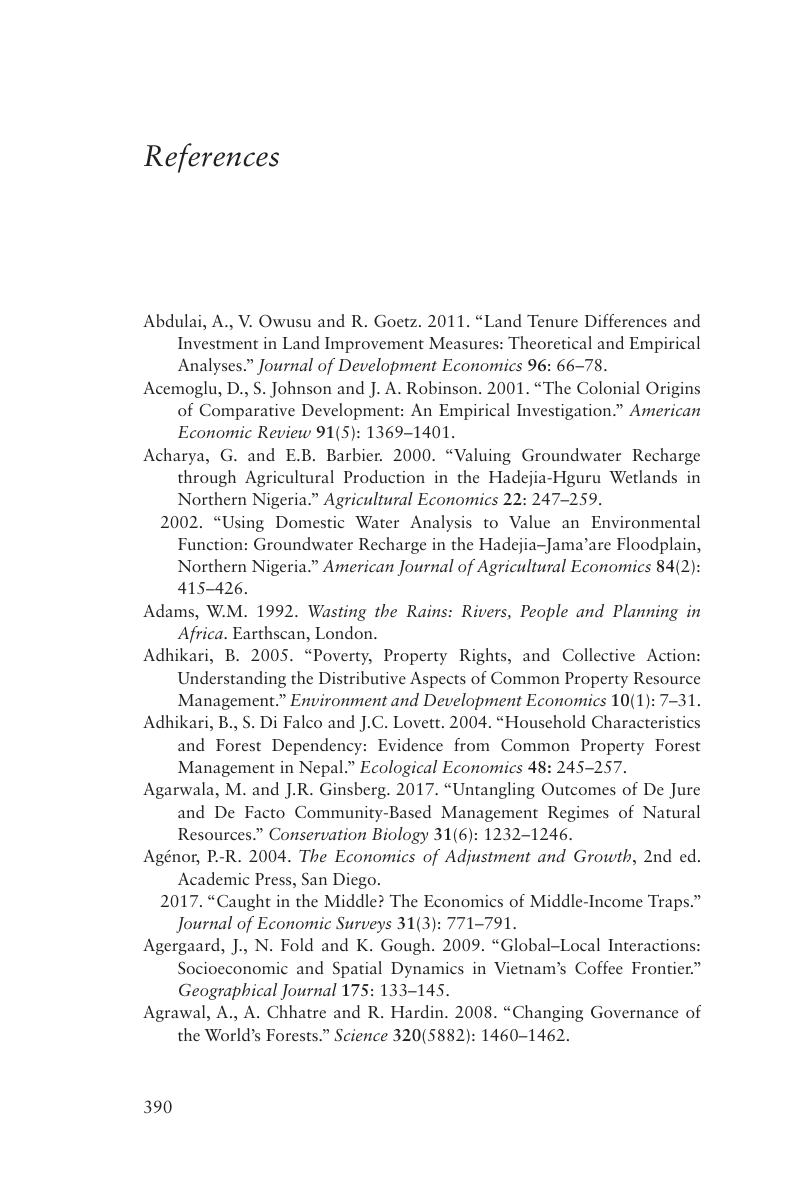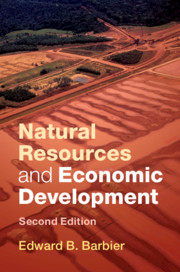Book contents
- Natural Resources and Economic Development
- Natural Resources and Economic Development
- Copyright page
- Dedication
- Contents
- Figures
- Tables
- Acknowledgments
- Introduction
- Part I Overview
- Part II Land and Water Use Change
- Part III Policies for Sustainable Resource-Based Development
- References
- Index
- References
References
Published online by Cambridge University Press: 31 August 2019
- Natural Resources and Economic Development
- Natural Resources and Economic Development
- Copyright page
- Dedication
- Contents
- Figures
- Tables
- Acknowledgments
- Introduction
- Part I Overview
- Part II Land and Water Use Change
- Part III Policies for Sustainable Resource-Based Development
- References
- Index
- References
Summary

Information
- Type
- Chapter
- Information
- Natural Resources and Economic Development , pp. 390 - 428Publisher: Cambridge University PressPrint publication year: 2019
References
Accessibility standard: Unknown
Why this information is here
This section outlines the accessibility features of this content - including support for screen readers, full keyboard navigation and high-contrast display options. This may not be relevant for you.Accessibility Information
- 1
- Cited by
